Fitch Affirms Bank of New Zealand at 'A+'; Outlook Stable
Fitch Ratings has affirmed Bank of New Zealand's (BNZ) Foreign- and Local-Currency Long-Term Issuer Default Ratings (IDRs) at 'A+' with a Stable Outlook. At the same time, the Viability Rating (VR) has been affirmed at 'a'.
This rating action does not include the ratings of covered bonds issued by BNZ.
KEY RATING DRIVERS
'Very High' Support Prospects: The IDRs, Shareholder Support Rating (SSR) and senior unsecured debt rating reflect Fitch's assessment of a 'Very High' likelihood of support coming from the BNZ's 100% owner, National Australia Bank Limited (NAB, A+/Stable/a+), if required. We align BNZ's Long- and Short-Term IDRs and the Outlook with those assigned to NAB as a result.
Stable Operating Environment: We expect the operating environment to be broadly stable for New Zealand banks over the next two years, despite our forecast for a mild recession in 2023. This underpins the stable outlook on our operating environment score of 'a', which is below the 'aa' category score implied by our criteria to reflect the high household debt in New Zealand.
Strong Market Position: The VR, which is in line with the implied VR, is driven by BNZ's large domestic market position. This allows for a simple business model through the cycle and underpins the bank's financial profile. It also supports the 'a+' business profile score, which is above the implied 'bbb' category score. BNZ is one of New Zealand's four major banks, with loan and deposit market share of around 19%.
Steady Underwriting and Risk Controls: Credit risk, stemming primarily from the loan portfolio, is BNZ's main risk. Underwriting has been steady for an extended period, and we believe credit risk and controls are managed well. Oversight and benefits from a wider group risk framework also support the risk profile score of 'a'.
Stage 3 Loans to Increase: Rising interest rates and higher unemployment as economic growth slows are likely to weaken asset quality over the next two years. We expect the stage 3 loan/gross loan ratio to remain below 1.5% through this period, with the four-year average of the metric rising to about 1.0% by the end of the financial year to September 2024 (FYE24).
Earnings Headwinds: We expect BNZ's earnings metrics to face pressure in 2H23 and into 2024, but to remain at levels commensurate with the assigned 'a' score. Tailwinds to the net interest margin from rising rates are likely to peak in FY23. We expect some margin pressure in FY24 due to intensifying competition, easing interest rates and higher funding costs. Impairment charges are also likely to normalise from the minimal levels currently.
New Capital Targets Manageable: We expect the common equity Tier 1 ratio to remain stable over the next two years and believe the bank is well placed to meet the Reserve Bank of New Zealand's capital rules, to be fully phased in by 2028. We believe the new rules are more conservative than global norms, and have therefore assigned a capital score of 'a', above the implied 'bbb' category score.
Stable Funding Profile: We expect the loans/customer deposits ratio, our core funding and liquidity metric, to remain stable over the next two years, with slower system loan growth limiting pressure on the ratio. Funding costs are likely to rise over the next two years, but should stay manageable for the bank. BNZ is more reliant on wholesale funding than similarly rated international peers, however, we believe the bank manages this risk well.
RATING SENSITIVITIES
Factors that could, individually or collectively, lead to negative rating action/downgrade:
IDRS and SSR
Any downgrade of NAB's IDRs is likely to result in a downgrade of the SSR and IDRs assigned to BNZ; see Fitch Affirms National Australia Bank at 'A+'; Outlook Stable for the key drivers and sensitivities of NAB's ratings.
BNZ's IDRs and the SSR may also be downgraded should we change our view on its importance to NAB.
This could be reflected in the partial or full sale of BNZ or a decision to significantly scale back operations within New Zealand. Weakening co-operation between authorities in Australia and New Zealand may indicate a reduced ability for NAB to provide support in a timely fashion and pressure ratings. However, we do not believe either of these scenarios is probable.
VR
The VR could be downgraded if deterioration in the economic environment results in a combination of the:
- four-year average of Stage 3 loans/gross loans increasing above 1.5% for a sustained period
- four-year average of operating profit/risk-weighted assets falling consistently below 2.0% under the current capital framework
- common equity Tier 1 capital ratio declining below 10.5% under the current framework, without a credible plan to return to above this level.
Factors that could, individually or collectively, lead to positive rating action/upgrade:
IDRS and SSR
Positive rating action on NAB's IDRs would be reflected in BNZ's SSR and IDRs, as long as there is no change to NAB's propensity to support BNZ.
VR
An upgrade of the operating environment score for New Zealand banks to 'a+', possibly to reflect reduced risks associated with the household leverage within the system, would most likely be a prerequisite for an upgrade of BNZ's VR. An upgrade of the VR would also require that BNZ maintain its strong business profile in combination with a sustained improvement in asset quality, capital and funding metrics.
SUBSIDIARIES & AFFILIATES: KEY RATING DRIVERS
BNZ issues most of its foreign-currency wholesale funding through its wholly owned subsidiary, BNZ International Funding Limited (BNZIF). BNZIF is used for funding purposes only and is not rated by Fitch; Fitch only rates the debt that it issues. The debt ratings are aligned with BNZ's IDRs, as BNZ guarantees BNZIF's senior unsecured debt instruments and the guarantee ranks pari passu with BNZ's senior unsecured debt.
SUBSIDIARIES AND AFFILIATES: RATING SENSITIVITIES
The ratings of guaranteed instruments issued by BNZIF would move in line with changes in BNZ's IDRs.
VR ADJUSTMENTS
The operating environment score of 'a' has been assigned below the 'aa' category implied score because of the following adjustment reason: level and growth of credit (negative).
The business profile score of 'a+' has been assigned above the 'bbb' category implied score because of the following adjustment reason: market position (positive).
The capitalisation and leverage score of 'a' has been assigned above the 'bbb' category implied score because of the following adjustment reason: leverage and risk-weight calculation (positive).
BEST/WORST CASE RATING SCENARIO
International scale credit ratings of Financial Institutions and Covered Bond issuers have a best-case rating upgrade scenario (defined as the 99th percentile of rating transitions, measured in a positive direction) of three notches over a three-year rating horizon; and a worst-case rating downgrade scenario (defined as the 99th percentile of rating transitions, measured in a negative direction) of four notches over three years. The complete span of best- and worst-case scenario credit ratings for all rating categories ranges from 'AAA' to 'D'. Best- and worst-case scenario credit ratings are based on historical performance. For more information about the methodology used to determine sector-specific best- and worst-case scenario credit ratings, visit https://www.fitchratings.com/site/re/10111579
Sources of Information
The principal sources of information used in the analysis are described in the applicable criteria.
REFERENCES FOR SUBSTANTIALLY MATERIAL SOURCE CITED AS KEY DRIVER OF RATING
The principal sources of information used in the analysis are described in the Applicable Criteria.
PUBLIC RATINGS WITH CREDIT LINKAGE TO OTHER RATINGS
BNZ's IDRs are equalised with those of its Australian parent, given our view of potential support from NAB. The ratings of the senior debt issued by BNZIF are equalised with BNZ's IDRs, as the parent provides guarantees on these instruments.
ESG CONSIDERATIONS
Unless otherwise disclosed in this section, the highest level of environmental, social and governance (ESG) credit relevance is a score of '3'. This means ESG issues are credit-neutral or have only a minimal credit impact on the entity, either due to their nature or the way in which they are being managed by the entity. For more information on Fitch's ESG Relevance Scores, visit www.fitchratings.com/esg
PARTICIPATION STATUS
The rated entity (and/or its agents) or, in the case of structured finance, one or more of the transaction parties participated in the rating process except that the following issuer(s), if any, did not participate in the rating process, or provide additional information, beyond the issuer’s available public disclosure.
APPLICABLE CRITERIA
ADDITIONAL DISCLOSURES
ENDORSEMENT STATUS
| BNZ International Funding Limited | EU Endorsed, UK Endorsed |






















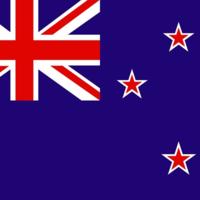
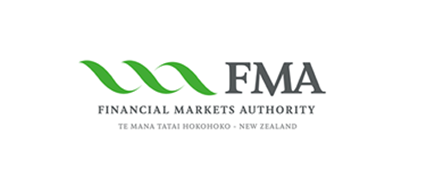
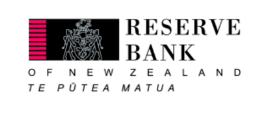
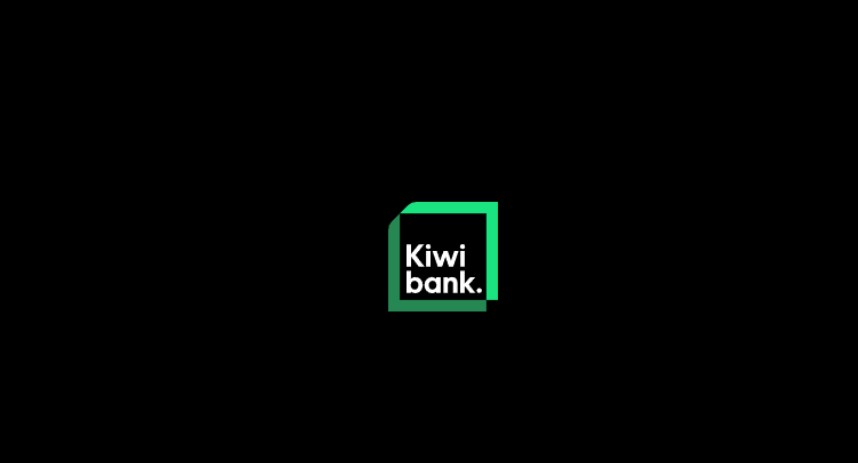
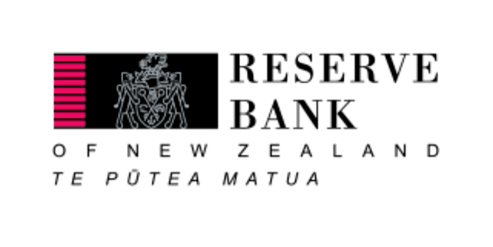




























First, please LoginComment After ~